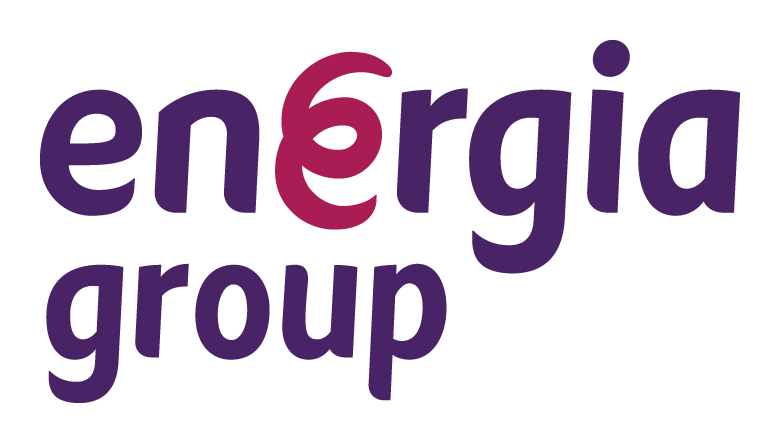
Learn how Energia grew revenue through superior digital experiences
Hyperfish are a fast-growing company with close ties to Microsoft. Now in their second year of business, Hyperfish help enterprise companies identify and fix missing, incorrect or out-of-date data in their employee profile directories such as Active Directory or HR System. Hyperfish saves their customers thousands of hours in IT support and communication every year.
When Chris Johnson, CTO and Co-Founder first built Hyperfish, his goal was to give the fledgling company the best start possible - and part of that strategy was to invest in Crash Reporting early.
He explains “It’s usually an afterthought. One of the key things I’ve added early on in successful apps I’ve built in the past was error reporting and tracking.”
After exploring basic log aggregation systems, Chris decided Raygun Crash Reporting was the “most sophisticated and featureful."

As a CTO, I sleep much better knowing our cloud servers and software running in people’s companies is operating correctly
Offering excellent customer service to his enterprise customers is Chris’ priority. Therefore he needs his team to be alerted to errors ASAP. To do this, Chris has created a tight error resolution workflow, so no errors fall through the cracks and affect customers.
Chris says “Every error that occurs in our back-end is reported to Raygun. There’s a few we ignore, but the ones we care about go immediately to Slack, so anyone watching the channel gets notified. For our production apps, we also use PagerDuty. An error will then go through our escalation queues of who to call and who to get out of bed in the middle of the night.”
He continues: “When someone is alerted to an error, the first thing to do is go into Raygun and check where the error is and which customers are affected.”
Chris also uses Raygun's tagging feature to tag an error with customer information so they can take appropriate action.

Traditionally, monitoring microservice architecture for problems can result in a lot of unwanted noise. However, with Raygun Crash Reporting, Chris found it straightforward to capture requests and errors coming in at the API level. Hyperfish’s development team uses Raygun’s error grouping feature to group errors with the same root cause.
“It was really straightforward for us to drop in the Crash Reporting hooks at that point. That enabled us to see all the errors happening on the back end.”
Chris believes no-one should have to contact support to raise issues and keeps a keen eye on inbound support requests.
With Raygun’s Software Intelligence Platform in place, the support team is usually kept to answering onboarding questions, rather than when something has gone wrong.
Usually, companies hire entire teams for bug diagnosis, triaging and reviewing logs.
However, Chris has significantly lowered the number of needed support and operations staff, saving up to $150,000 every year (based on the need for two support staff in the Seattle area.)
Chris explained: “We can do that because we use Raygun to raise issues to our engineering team about problems when they occur, be productive about finding what happened, and triage the diagnosis of the problems when they do occur.”
Chris found that Crash Reporting was only part of the picture. After implementing Crash Reporting into the front and back end of Hyperfish’s system, Chris felt the next logical next step was to add Real User Monitoring for more context into the users experiencing errors on the front end.
We wanted to capture which device users were viewing our application on, which parts of the application they had visited and whether they have problems like bandwidth challenges and time-out
Serving enterprise companies better is a core philosophy of Hyperfish, and like many software teams serving enterprise customers, legacy systems and old technology can get in the way of doing a great job promptly. Some legacy systems often require round the clock on-site support and maintenance.
Chris explains that Hyperfish has a component deployed on-premises which connects to their cloud services. Without Raygun, he recognizes that an off-premises component would need people on-site looking at event logs and databases to ensure everything ran smoothly.
Now, Chris says “because of Raygun, we’re able to see telemetry, insights, and data flowing from those on-prem services to us without needing to be on-site. We feel more confident about running software on-premises because we know when it’s performing correctly.”
What attracts enterprise companies to Hyperfish is that they improve speed and quality of communications across the entire organization - saving thousands of hours every year. The Raygun Platform helps Chris and his company provide a highly performant service to his enterprise customers.
“Absolutely. As a CTO, I sleep much better knowing our cloud servers and software running in people’s companies is operating correctly, and I can’t overestimate how much value it brings to us to have that insight as early as possible. Not when you are calling for the ambulance at the bottom of the cliff.”